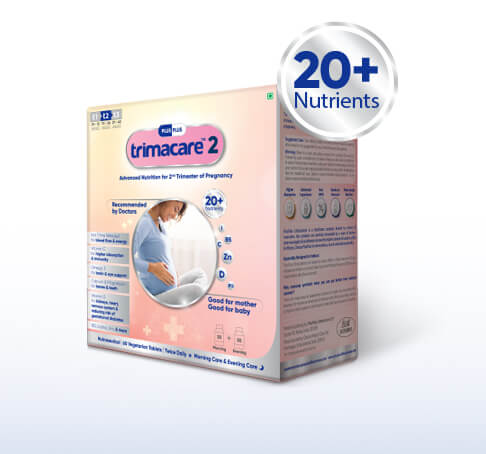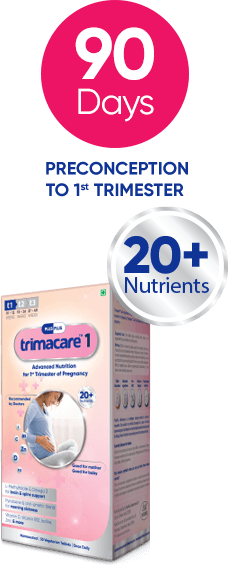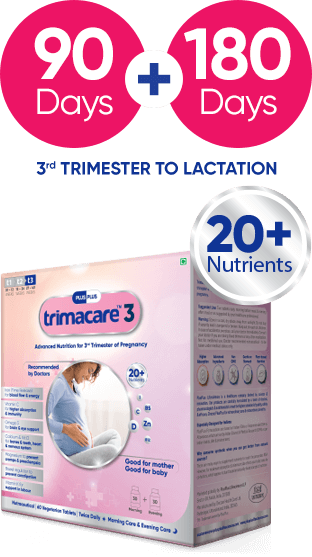
Supported By:






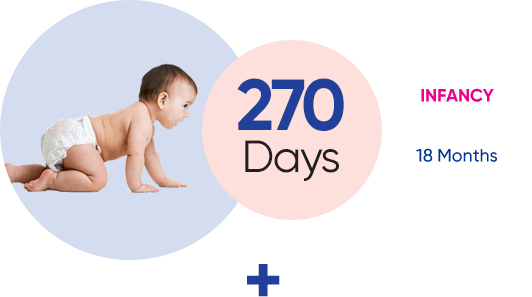

SHORT-TERM BENEFITS
SHORT-TERM BENEFITS
FOR MOTHER-Reduces risk of
Gestational Diabetes
Morning sickness
Problems faced during labou
FOR CHILD-Supports development of
Ocularintegrity
Kidneys and heart
CNS and brain
LONG-TERM BENEFITS
FOR MOTHER-Reduces risk of
Osteoporosis
Hypertension
Thyroid
Diabetes
Alopeci
FOR CHILD-Reduces risk of
Neurological problems
Overweight & obesity
Nutrition-related
non-communicable diseases
Stunting
CVD
FOR MOTHER-Reduces risk of
Gestational Diabetes
Morning sickness
Problems faced during labou
FOR CHILD-Supports development of
Ocularintegrity
Kidneys and heart
CNS and brain
LONG-TERM BENEFITS
FOR MOTHER-Reduces risk of
Osteoporosis
Hypertension
Thyroid
Diabetes
Alopeci
FOR CHILD-Reduces risk of
Neurological problems
Overweight & obesity
Nutrition-related
non-communicable diseases
Stunting
CVD
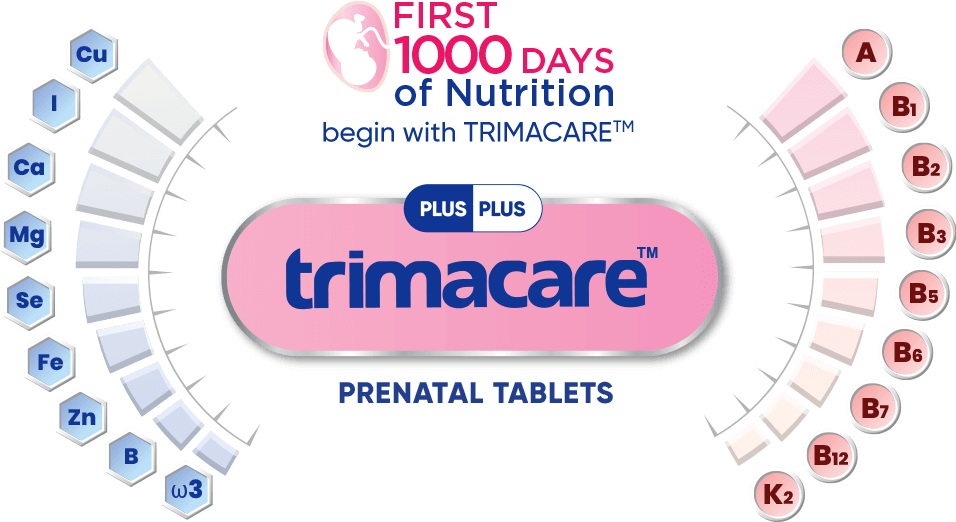
Formulated for first 450 days
Preconception, each trimester of pregnancy & lactation.

Formulated for first 450 days
Preconception, each trimester of pregnancy & lactation.
Multiple Micronutrient Supplementation in
Pregnancy
Prof.Alka Kriplani
M.D.,FRCOG, FAMS, FICOG, FIMSA, FICMCH, FCLS
Director & Head, Deptt. of Gynaecology,
Obstetrics & ART Paras Hospitals Gurugram
Ex-Professor & Head, Deptt .of Obst.-Gynae.
Ex-Directorin-charge WHO-CCR, HRRC & Family Planning
All India Institute of Medica lSciences, New Delhi (India)
Optimizing Opportunities for Nutritionin First
1000 days of Life-Obstetrician Perspective
Dr Sadhana Gupta
Co-Chair SAFOG NCD Committee
NIGF, President-2022-24
VICE PRESIDENT FOGS I2016
ICO GGoverning Council Member (2015-21)
SENIOR OB Gyn JJ hospital Gorakhpur (India)
Nurture it Right from
the Beginning
Dr. Fessy Louis T
Senior Consultant & Associate Professor,
Dept. of Reproductive Medicine & Surgery,
AIMS – AMRITA Institute of Medical Sciences, Kochi.
FOGSI All India Vice President 2021-22
ICOG- Governing Council Member
ISAR- National Executive Member
Effect of Multi-Micronutrient Supplementation on Female
Reproductive Health and Outcomes of IVF Therapy
Dr. M. Gouri Devi
MBBS, MD (Gynecology and Obstetrics)
Immed. Past President, Indian Fertility Society
Director, Ridge Fertility and IVF Group
Director, Gouri Hospital
Director, Ridge Healthcare
Executive, AOGD
Executive member, NARCHI
Multiple Micronutrient Supplementation in
Pregnancy
Prof.Alka Kriplani
M.D.,FRCOG, FAMS, FICOG, FIMSA, FICMCH, FCLS
Director & Head, Deptt. of Gynaecology,
Obstetrics & ART Paras Hospitals Gurugram
Ex-Professor & Head, Deptt .of Obst.-Gynae.
Ex-Directorin-charge WHO-CCR,
HRRC & Family Planning
All India Institute of Medica lSciences,
New Delhi (India)
Optimizing Opportunities for Nutritionin First
1000 days of Life-Obstetrician Perspective
Dr Sadhana Gupta
Co-Chair SAFOG NCD Committee
NIGF, President-2022-24
VICE PRESIDENT FOGS I2016
ICO GGoverning Council Member (2015-21)
SENIOR OB Gyn JJ hospital Gorakhpur (India)
Nurture it Right from the
Beginning
Dr. Fessy Louis T
Senior Consultant & Associate Professor,
Dept. of Reproductive Medicine & Surgery,
AIMS – AMRITA Institute of Medical Sciences, Kochi.
FOGSI All India Vice President 2021-22
ICOG- Governing Council Member
ISAR- National Executive Member
Effect of Multi-Micronutrient Supplementation on Female Reproductive Health and Outcomes of IVF Therapy
Dr. M. Gouri Devi
MBBS, MD (Gynecology and Obstetrics)
Immed. Past President, Indian Fertility Society
Director, Ridge Fertility and IVF Group
Director, Gouri Hospital
Director, Ridge Healthcare
Executive, AOGD
Executive member, NARCHI
TrimacareTM is formulated as per WHO guidelines18,19

TrimacareTM is formulated as per WHO guidelines18,19

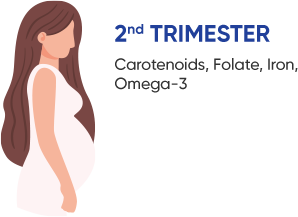
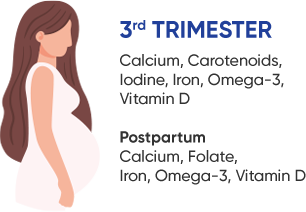

[21]Eur JNutr.2019; 58(3): 909-930
[9]Lancet.2013 Aug 10;382(9891):486-7 [10]Pediatrics(2018) 141(2):e20173716.[11]Cochrane Database Syst Rev.2019;3(3):CD004905
[12]BMJ Glob Health.2020;5(7):e003375 [13]Geneva:World Health Organization;2020.PMID:
[18]Geneva: World Health Organization; 2020.PMID:32783435 [19]Indian JMed Res.2018;148(5):522-530






